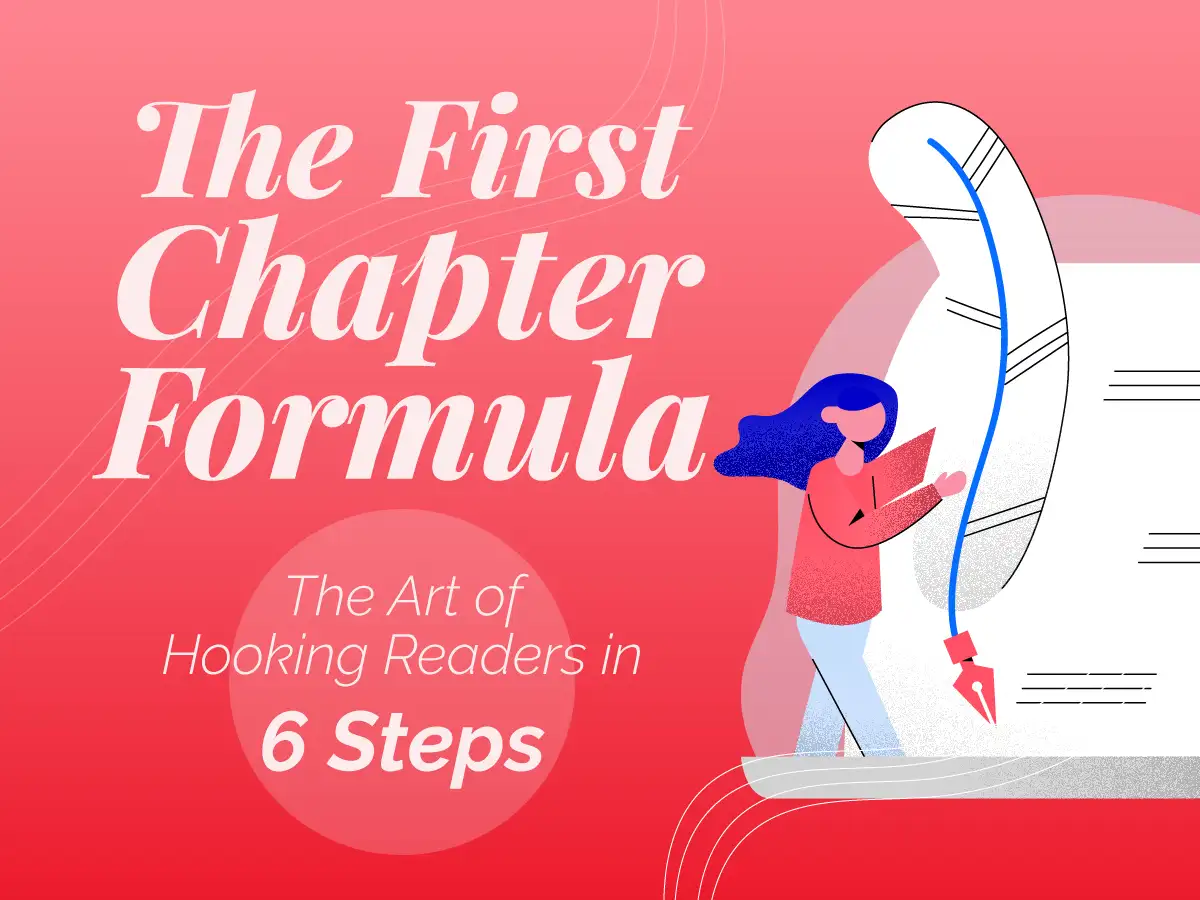The first chapter is the critical part of the book. You can either make the reader not take their eyes off the book before finishing it or close it in a few pages.
Many writers fail this step without knowing a few simple things to attract the readers’ attention from the first line to the end. In this article, you can find six main key points to make an infallible first chapter.
1. Internal Conflict
To attract readers’ attention on the first few pages you need to introduce the internal conflict.
The internal conflict is the purpose that the main character(s) should solve throughout the book. It is the reason why the reader should read your book or not.
This internal conflict could be after some description of the setting of your book or the characters’ description and even in the very first line of your book. It is up to you, to choose when to start, but do it on the first few pages.
Remember, an internal conflict is not the problem that the main character faces every day. It is one real problem the main character has to deal with.
2. The first sentence
This is where you can choose to introduce the internal conflict, the theme, or the first character. You can start with one of your anecdotes or a quote. However, you don’t have to do it in only one sentence and can take more sentences.
Whatever you choose, it is the promise you make to the reader that you will fulfill at the end of your book. Most importantly, it should pique readers’ curiosity.
3. Get right to the point
Avoid heavy scene descriptions like weather or characters’ day routine in the beginning unless it’s important for your story or has an emotional impact.
Give the most essential information only, like the main character’s name, and the main places where the story happens.
Don’t give too many characters ́ names or places. It’s probably going to confuse the reader. You can introduce details the reader needs to know later in upcoming chapters.
4. Write on your style
Don’t copy from another author. Readers are searching for your voice.
Find the writing style you are comfortable with and show your unique creativity to the readers.
Your writing style is defined by your voice and tone. Your voice is your personality, values, and beliefs scintillating throughout your writing. Your tone is your attitude, mood, and emotions you convey to the readers.
5. The end of your first chapter is also important!
End your first chapter with an unfinished loop. You must give enough information to trigger the reader and not too much to turn to the next page.
It can be introducing a new character, presenting a mystery, or a miracle revelation.
You can even finish this chapter with a question and provide the answer in the next chapter.
6. Focus on showing the story rather than telling it
Let the readers see the story by themselves and not just give them a bundle of information.
Showing a story is painting a picture in the reader’s mind, and telling a story is just giving a fact of what happened.
Let’s see a quick example:
“Every time she sees her crush, she can’t stay without imagining him”
“Every time she sees her crush, this boy widens her pupils, travels along her iris, with his imaginary reflection staying before her eyes”
In the first one, I tell you that this girl imagines her crush every time she sees him, but in the second one I let you paint the picture of how the girl felt when seeing her crush’’
Letting your readers feel the emotion and immerse them in the story will touch their hearts and be familiar with your story.
So, here we are! The first chapter is not difficult to write when you know how to attract the reader’s attention in the first few pages. Write in your style your first chapter with internal conflict, no overload of information, and special care for the first sentence. Make the reader see throughout the story, finish your chapter with an unfinished loop, and you are ready to rock your book!



